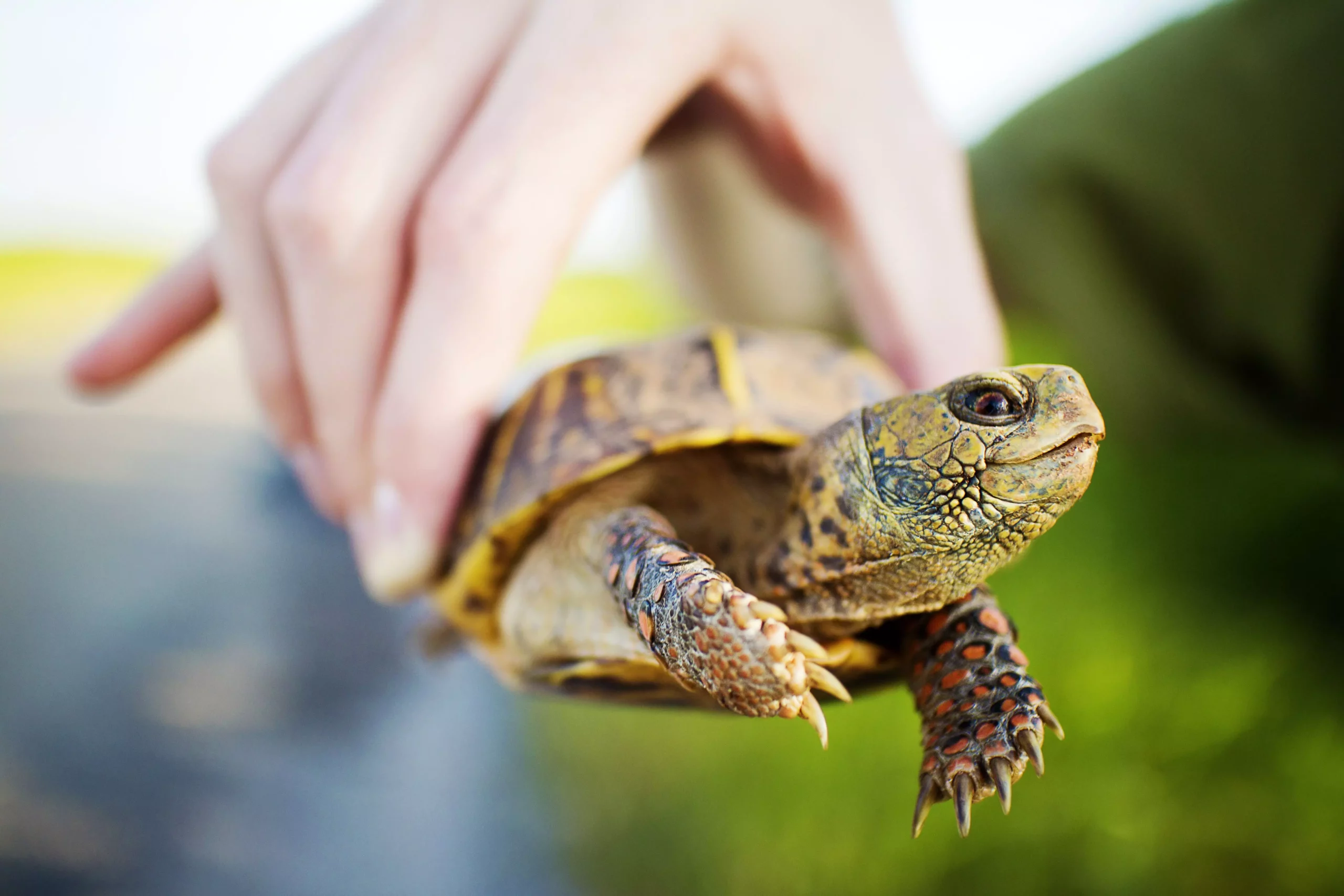Box turtles are enchanting creatures known for their vibrant shells and unique personalities. However, those considering these reptiles as pets must understand the obligations and intricacies involved in their care. Owning a box turtle is not merely a weekend commitment; it is a long-term relationship that requires responsible ownership and detailed attention to their specific needs.
Contrary to many common household pets, box turtles thrive best in a land-based environment rather than in water. Native primarily to North America, these turtles are a symbol of resilience, able to adapt to various terrestrial habitats. One of their standout features is the high-domed, intricate shell design, mainly brown with splashes of yellow or orange. The shell is not just an aesthetic feature; it provides crucial protection against predators.
However, the habitat requirements for box turtles can differ significantly among the various species. For instance, while some species flourish in humid conditions, others may require more arid environments. Temperature preferences also vary—some need basking spots that reach 90 degrees Fahrenheit, while others prefer cooler settings. As a prospective owner, understanding these differences is vital for creating a suitable environment for your turtle.
Commitment and Care: The Long Life of Box Turtles
One of the most remarkable aspects of box turtles is their longevity. With lifespans stretching anywhere from 20 to over 40 years, they often outlive other common pets, necessitating a lifelong commitment. This extended lifespan is both a blessing and a responsibility; prospective owners must plan for the care they will provide their turtle over decades.
Box turtles are not ideal pets for children or individuals new to pet ownership due to their complex needs. Their sensitivity to stress means that they do not adapt well to frequent handling or changes in their environment. As such, their owners are expected to maintain a consistent habitat and limit unnecessary interactions. Maintaining their enclosure requires not just cleaning and upkeep but also daily attention to their dietary needs.
Creating a nurturing space for a box turtle demands careful planning. Outdoor enclosures offer the most suitable conditions when managed correctly. A safe outdoor pen should feature ample room, with walls at least 18 inches high to prevent escape attempts, as well as natural settings complete with sunny spots, shaded areas, and places to hide. Additionally, these spaces should include access to shallow water, providing opportunities for both hydration and soaking.
If outdoor housing is unfeasible year-round, an indoor terrarium becomes necessary. However, achieving the ideal indoor environment for a box turtle can be complicated and requires a minimum of 40 gallons of space. Owners must equip the setup with various elements, including a heat source, UV light for vitamin metabolism, and subsurface materials that encourage burrowing and humidity retention.
Box turtles are classified as omnivores, requiring a balanced diet of fresh fruits, vegetables, and proteins. Their dietary preferences extend to insects, low-fat meats, and commercial turtle diets, which must be supplemented with fresh produce. An insightful approach to feeding involves placing food on a surface rather than directly on the substrate to avoid contamination.
Younger turtles usually require food every day, while adult turtles can manage with meals every other day. Hydration is equally essential, with a shallow dish of clean water available at all times. Failure to provide adequate nutrition and hydration can lead to severe health issues, including metabolic bone disease, particularly when UVB exposure is insufficient.
Health Considerations: Keeping Your Box Turtle Thriving
The importance of monitoring the health of box turtles cannot be overstated. Common ailments include respiratory infections and metabolic bone disease, both stemming from inadequate care or environmental conditions. Symptoms can present themselves through visible signs, such as lethargy, lack of appetite, or a runny nose, alerting owners to potential healthcare needs.
Selecting a healthy turtle before adoption is critical for longevity. Potential owners should carefully inspect prospective pets for shell integrity, signs of respiratory stress, and general demeanor. Additionally, it is wise to adopt captive-bred turtles, as they typically fare better in captivity compared to their wild counterparts, who may not adapt well to domesticated life.
In closing, while box turtles make intriguing and rewarding pets, they require a significant commitment and thorough understanding of their needs. Recognizing their long lifespan, specific habitat requirements, and complex care regimen will help ensure that both owner and pet thrive together in a mutually beneficial companionship. In doing so, you become not just an owner but a dedicated guardian of these remarkable reptiles, contributing to their well-being for decades to come.

